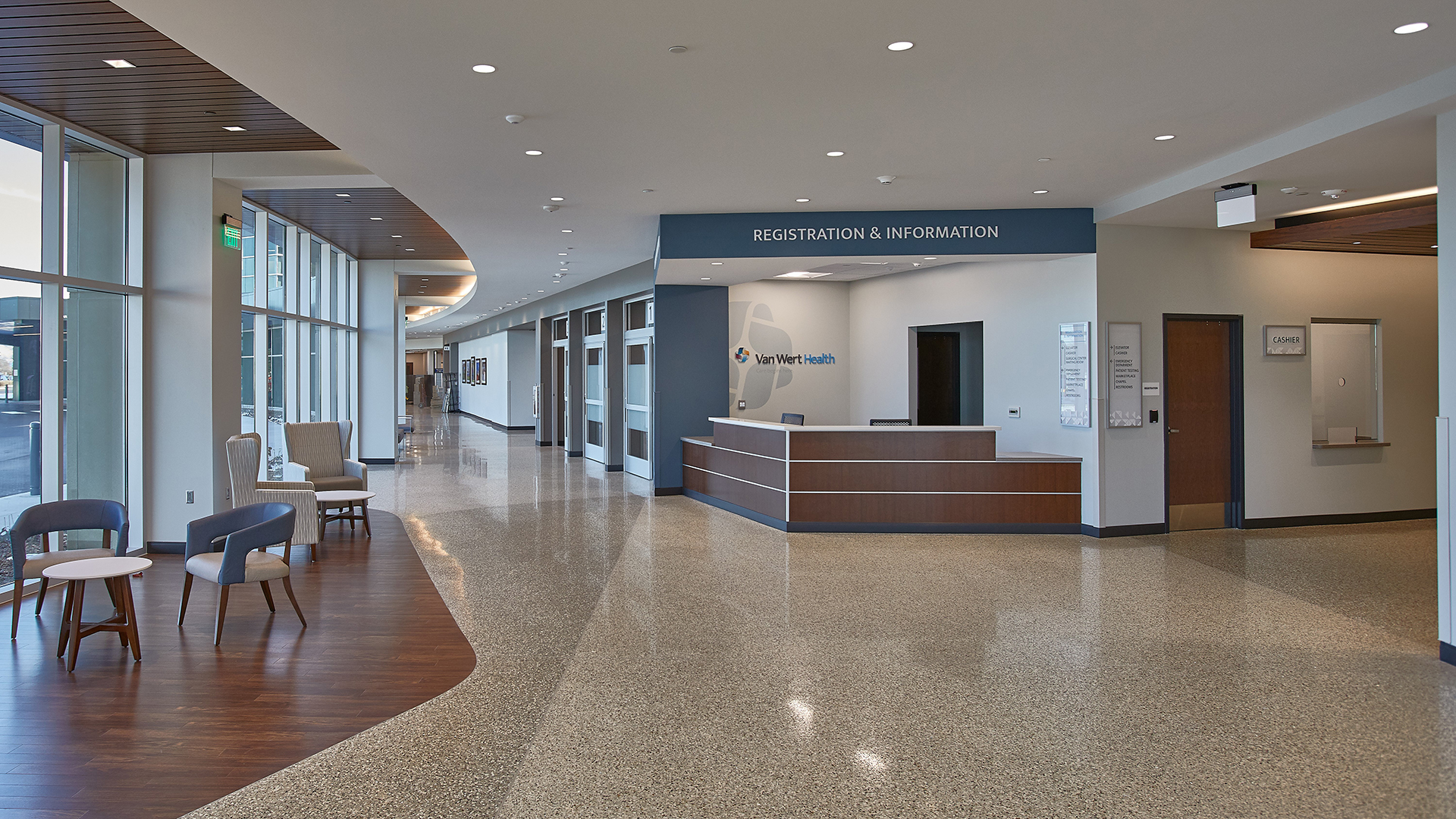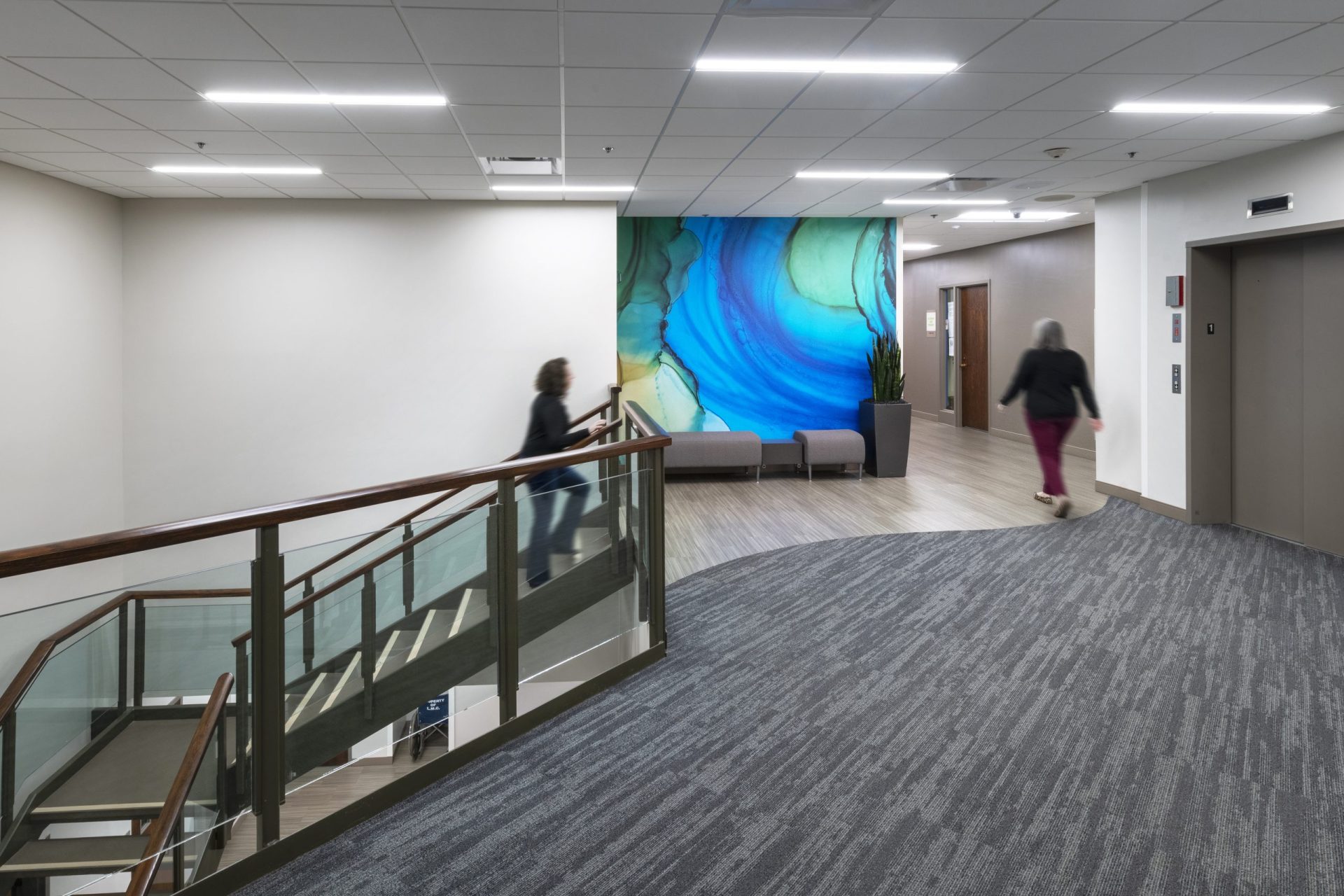A New World of Healthcare means a New World of Healthcare Design
August 2, 2022Post Tagged in
 |
A lot has changed in our world since the year 2020, and it looks like things will continue to change, with the potential to drastically improve, as we move forward. Particularly in healthcare, we’re seeing innovations and improvements in several areas as people work to make spaces more comfortable, safer, and more accessible for those in need. Healthcare design is changing in some major ways, especially in three main healthcare areas that have started to transform. Image: Van Wert Health Surgery and Inpatient Expansion
|


